Health and Wellness Trends
The Global Cold Coffee Industry is significantly influenced by the growing health and wellness trends among consumers. As individuals become more health-conscious, there is a marked shift towards cold coffee options that offer functional benefits, such as added vitamins, antioxidants, and lower sugar content. Recent studies suggest that cold coffee beverages enriched with superfoods are gaining traction, appealing to a demographic that prioritizes health without compromising on taste. This trend is expected to propel the market forward, as brands that align their offerings with health trends are likely to attract a broader consumer base.
Innovative Flavor Profiles
The Global Cold Coffee Industry is witnessing a surge in innovative flavor profiles that cater to diverse consumer preferences. Companies are increasingly experimenting with unique ingredients such as exotic spices, flavored syrups, and even plant-based alternatives. This trend is not merely a passing fad; it reflects a broader shift towards personalization in beverage choices. According to recent data, the introduction of new flavors has contributed to a 15% increase in sales within the cold coffee segment. As consumers seek novel experiences, brands that successfully innovate are likely to capture a larger market share, thereby driving growth in the industry.
Sustainability and Ethical Sourcing
Sustainability has emerged as a crucial driver in The Global Cold Coffee Industry, with consumers increasingly favoring brands that prioritize ethical sourcing and environmentally friendly practices. The demand for sustainably sourced coffee beans is on the rise, as consumers become more aware of the environmental impact of their choices. Market analysis indicates that brands adopting sustainable practices have seen a 10% increase in customer loyalty. This shift not only enhances brand reputation but also aligns with the values of a growing segment of eco-conscious consumers, thereby driving growth in the industry.
Convenience and On-the-Go Consumption
In today's fast-paced lifestyle, convenience plays a pivotal role in The Global Cold Coffee Industry. The demand for ready-to-drink cold coffee products has escalated, as consumers increasingly prefer beverages that fit seamlessly into their busy schedules. Market data indicates that the ready-to-drink segment has experienced a growth rate of approximately 20% over the past year. This trend is further fueled by the rise of e-commerce platforms, which facilitate easy access to cold coffee products. As brands continue to prioritize convenience, the industry is likely to see sustained growth driven by this consumer preference.
Technological Advancements in Brewing
Technological advancements in brewing methods are reshaping The Global Cold Coffee Industry. Innovations such as cold brew extraction techniques and nitrogen infusion are enhancing the flavor and quality of cold coffee products. These advancements not only improve the taste but also extend the shelf life of cold coffee beverages, making them more appealing to consumers. Data suggests that brands utilizing advanced brewing technologies have experienced a 12% increase in market share. As technology continues to evolve, it is likely to play a crucial role in differentiating products within the competitive landscape of the cold coffee market.


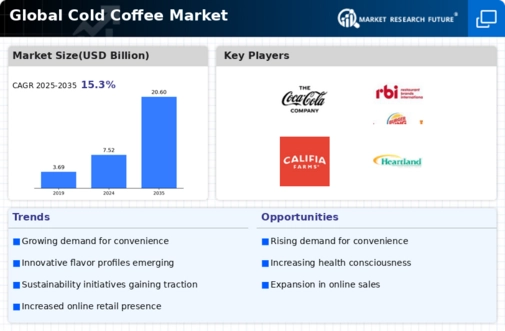
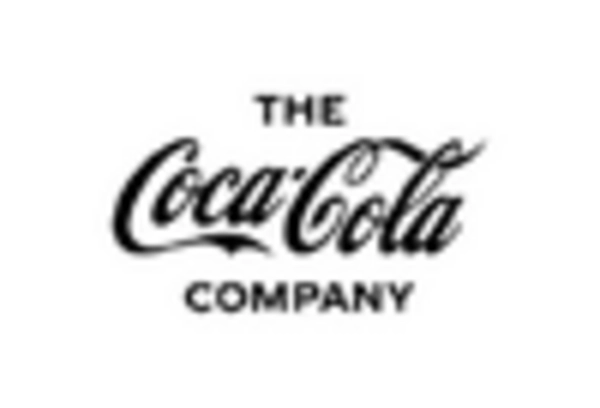
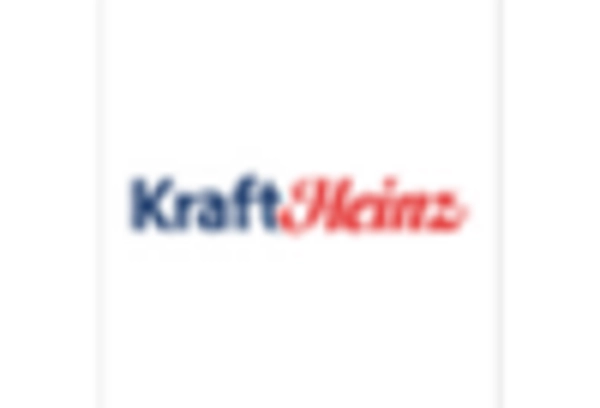
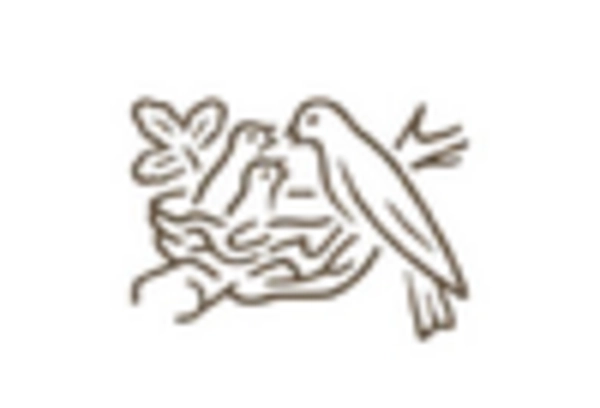
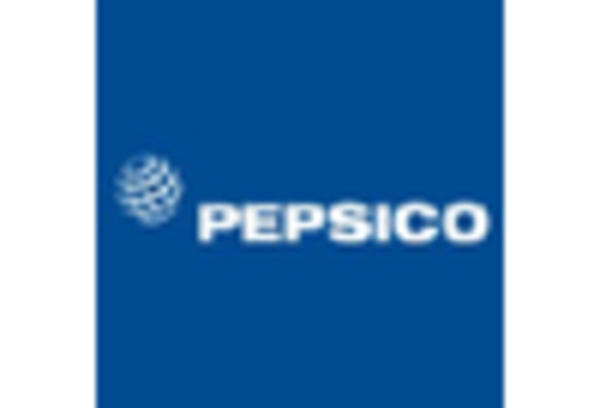
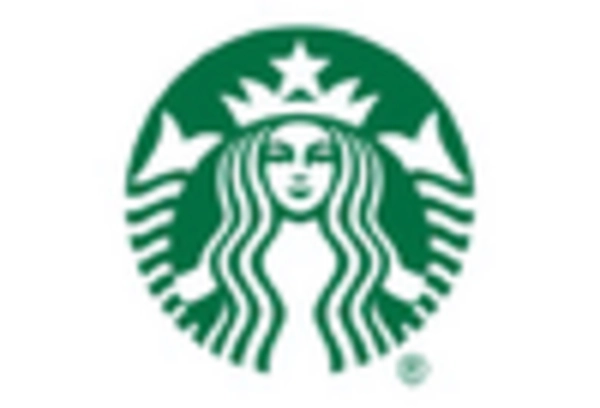
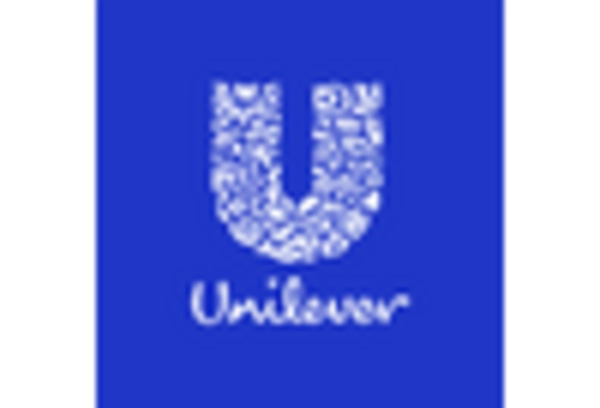








Leave a Comment